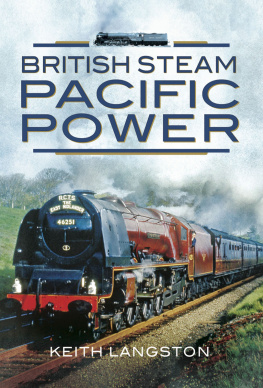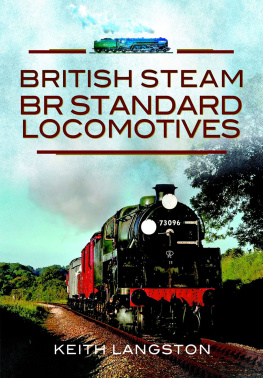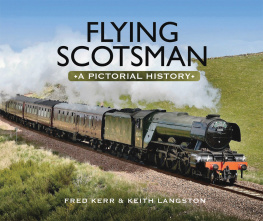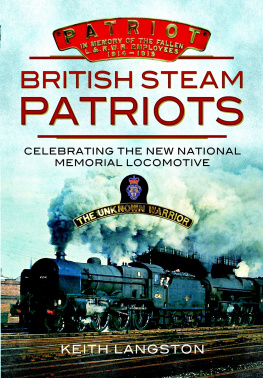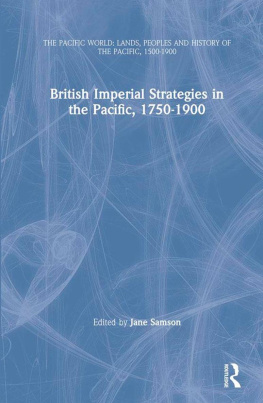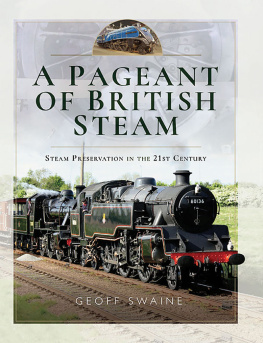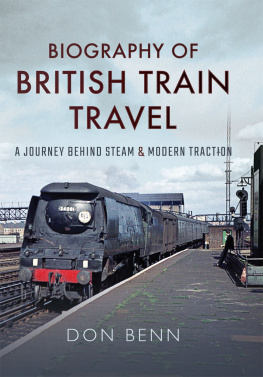Keith Langston - British Steam Pacific Power
Here you can read online Keith Langston - British Steam Pacific Power full text of the book (entire story) in english for free. Download pdf and epub, get meaning, cover and reviews about this ebook. year: 2013, publisher: Pen & Sword Books, genre: Romance novel. Description of the work, (preface) as well as reviews are available. Best literature library LitArk.com created for fans of good reading and offers a wide selection of genres:
Romance novel
Science fiction
Adventure
Detective
Science
History
Home and family
Prose
Art
Politics
Computer
Non-fiction
Religion
Business
Children
Humor
Choose a favorite category and find really read worthwhile books. Enjoy immersion in the world of imagination, feel the emotions of the characters or learn something new for yourself, make an fascinating discovery.
- Book:British Steam Pacific Power
- Author:
- Publisher:Pen & Sword Books
- Genre:
- Year:2013
- Rating:4 / 5
- Favourites:Add to favourites
- Your mark:
- 80
- 1
- 2
- 3
- 4
- 5
British Steam Pacific Power: summary, description and annotation
We offer to read an annotation, description, summary or preface (depends on what the author of the book "British Steam Pacific Power" wrote himself). If you haven't found the necessary information about the book — write in the comments, we will try to find it.
British Steam Pacific Power — read online for free the complete book (whole text) full work
Below is the text of the book, divided by pages. System saving the place of the last page read, allows you to conveniently read the book "British Steam Pacific Power" online for free, without having to search again every time where you left off. Put a bookmark, and you can go to the page where you finished reading at any time.
Font size:
Interval:
Bookmark:
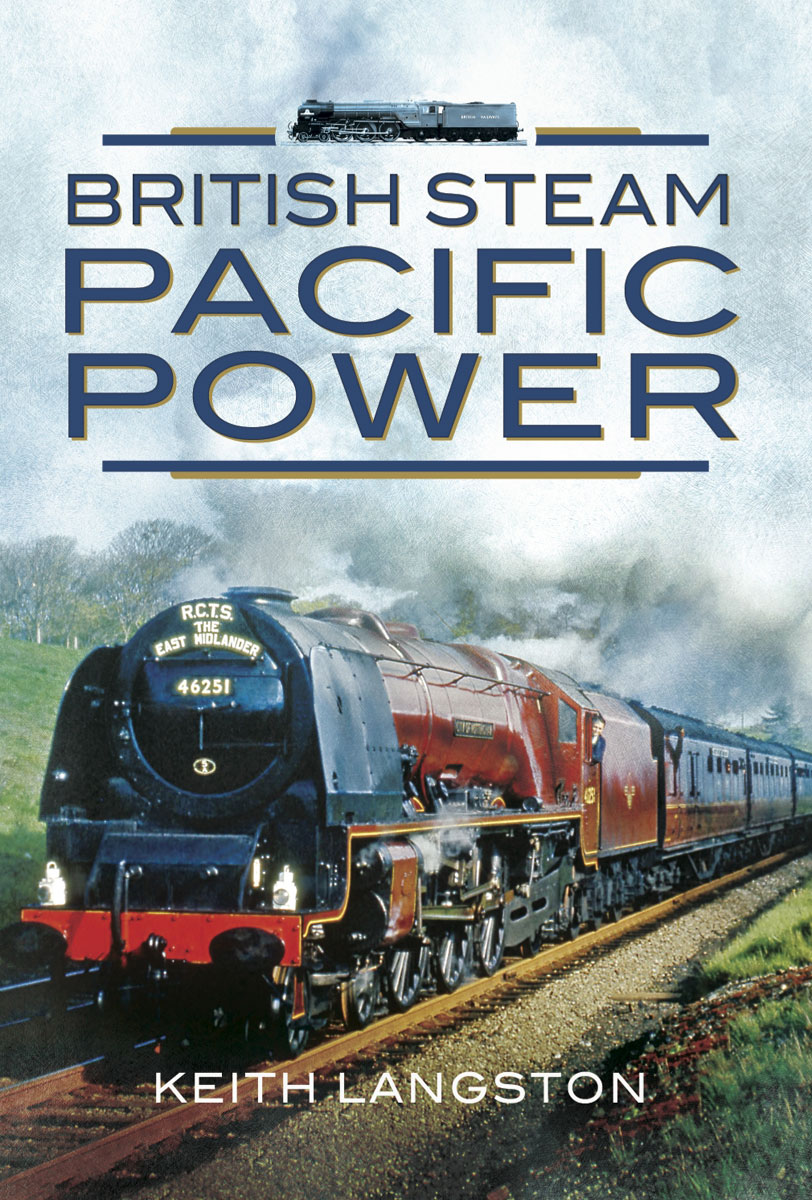
The century marker for British Pacific locomotive building was passed in August 2008 when Loco No 60163 TORNADO (a project supported by public subscription and built under the guidance of the A1 Steam Locomotive Trust) moved in steam for the first time. One hundred years earlier a 4-6-2 locomotive design by Great Western Railway (GWR) engineer G.J. Churchward rolled out of Swindon Works, and that loco No 111 THE GREAT BEAR was the first ever British-built Pacific steam locomotive. No 60163 is pictured in the company of A4 class loco No 60007 SIR NIGEL GRESLEY during a 2009 visit to the Barrow Hill Roundhouse Railway Centre. David Gibson
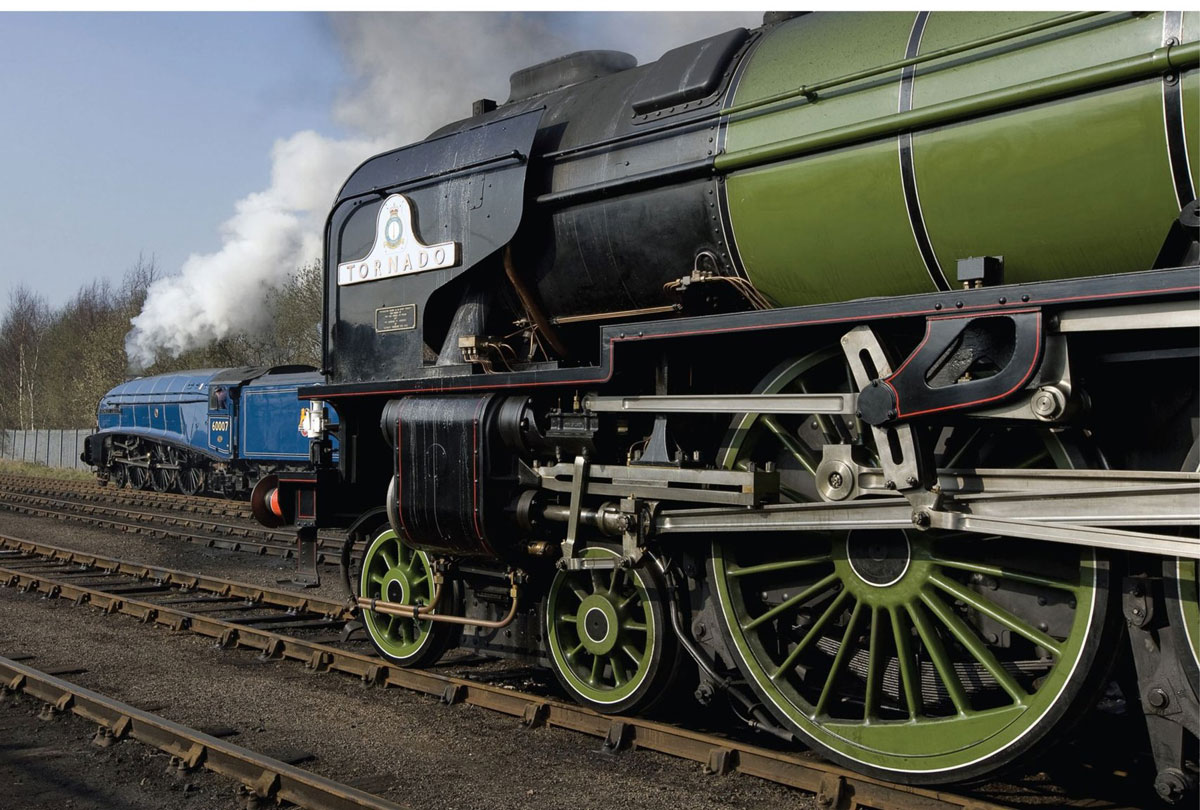
T he term Pacific when used in relation to steam locomotives is a direct reference to the 4-6-2 wheel arrangement, as listed in the Whyte Notation listings devised in America by Frederick Methvan Whyte and reportedly first published in 1900. In those listings a locomotive with two leading axles (and therefore four wheels) in front, then three driving axles (six wheels) and then one trailing axle (two wheels) is classified as a 4-6-2.
The reason for use of the name Pacific in relation to that wheel arrangement attracts differing opinions. The naming of wheel arrangements almost certainly has its origin in the United States of America, many of which refer to the company who used them on their locomotives; for example 4-6-2 was used by the Missouri Pacific Railroad during the 1920s. However, some railway historians prefer the explanation that the American locomotive manufacturer Baldwin Locomotive Works supplied the New Zealand Railways Department with 13 Q class 4-6-2 configured engines in 1901, that wheel arrangement was then appropriately named Pacific in relation to New Zealands position in the ocean of the same name.
The advantages of the Pacific (4-6-2) configuration are aptly illustrated by noting the design request given to the Baldwin Locomotive Works by the New Zealand railway. They requested a locomotive capable of burning efficiently poor quality lignite coal from mines on the South Island of that country. In order to comply with that request the engineers came up with an engine possessing a large grate area; to accommodate the associated larger type of firebox a trailing axle was added to what was an otherwise 4-6-0 configuration. The Pacific design became popular with British railway companies, and indeed throughout the world. During the most steam active period of the post-1948 British Railways era that company operated 147 ex-Southern Railway Pacifics, 58 ex-LMS Pacifics and 318 ex-LNER Pacifics; in addition BR built a further 67 Pacific locomotives between 1951 and 1954.
Use of the term Pacific quite rightly evokes in railway enthusiasts thoughts of powerful express passenger tender-type engines hauling trains the length of Britain, during the greater part of the steam era. However, not all Pacific types were tender locomotives; in fact ten classes of 4-6-2 (4-6-2T) tank engines are included in the overall total list of classes. In all, 648 standard gauge Pacific locomotives were constructed in the UK, work which involved the completion of exacting tasks coupled with the use of groundbreaking construction methods. Famous locomotive engineers and designers worked in unison with vast numbers of skilled workers in order to make Britain a world leader in Pacific steam locomotive technology in particular and steam locomotive building in general.
The first Pacific locomotive ever built in Britain; GWR 4-6-2 No 111 THE GREAT BEAR is seen in this rare image. The 1908 Churchward engine was rebuilt by Collett in 1924 as a Castle class 4-6-0 loco retaining the same number but being renamed VISCOUNT CHURCHILL. Laurence Waters/Great Western Society
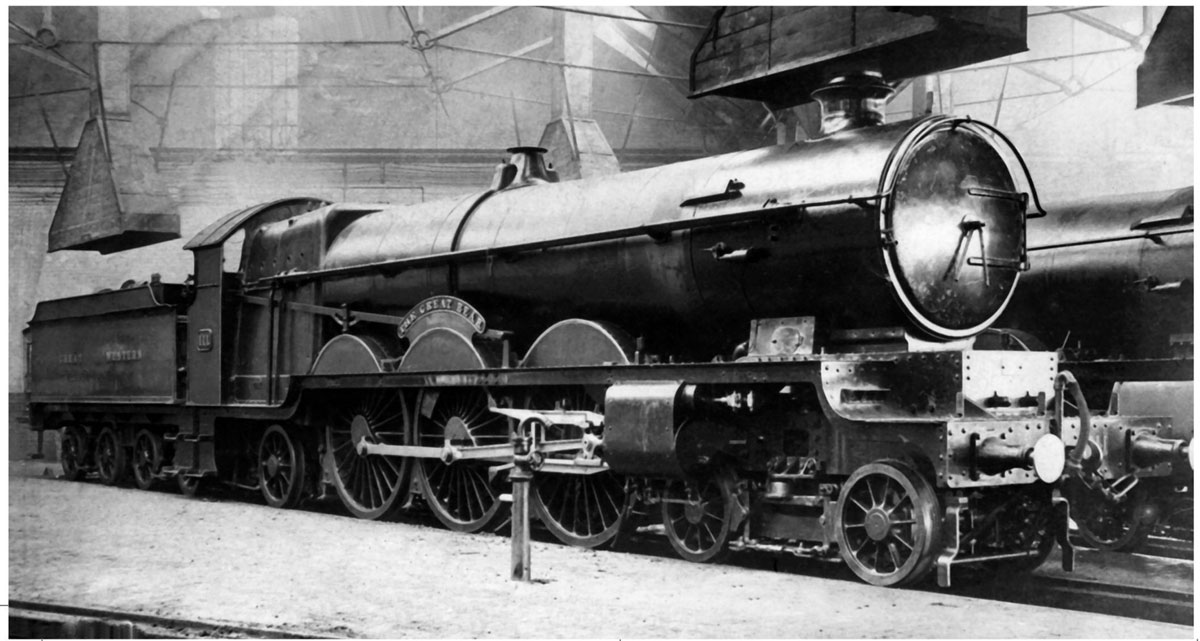
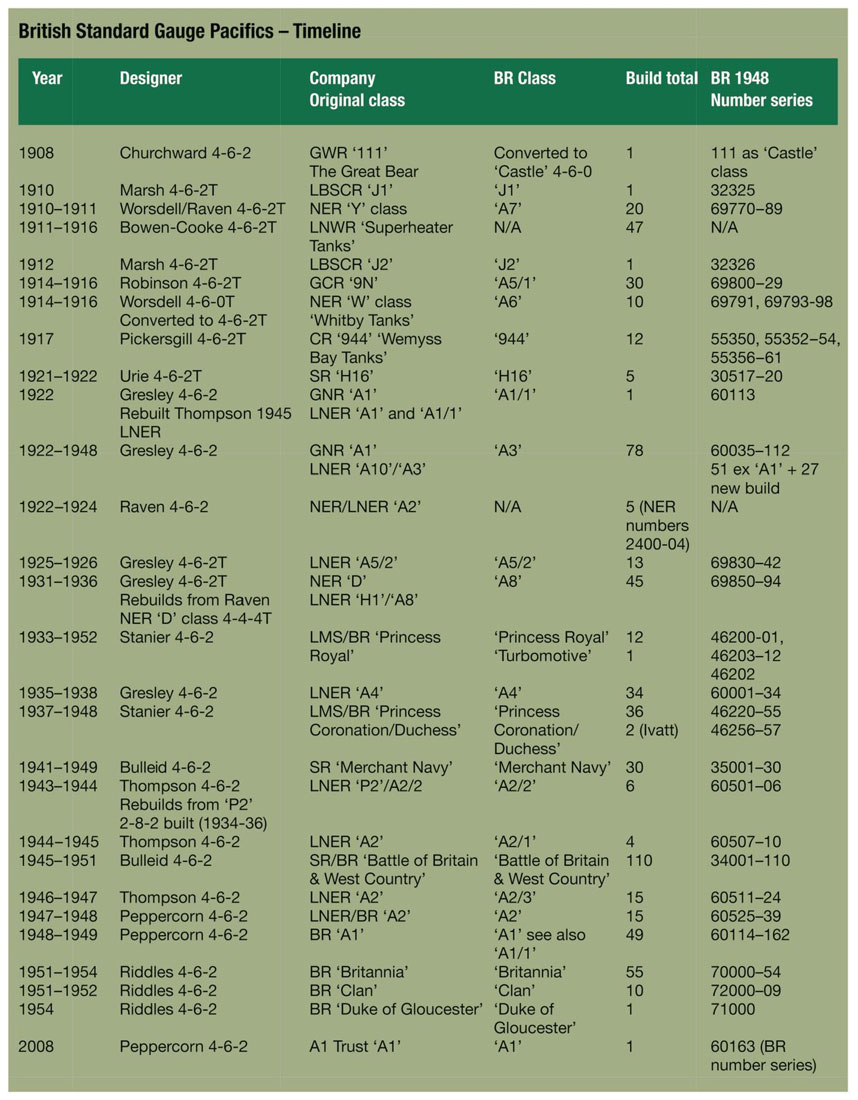
The railway company who first gave Britain a 4-6-2 type was the Great Western Railway (GWR), that locomotive designed by G.J. Churchward and built at the famous Swindon Works being introduced in 1908. By 1924 that pioneering design was no more! Thereafter GWR completely abandoned their use of the 4-6-2 configuration. The London & North Eastern Railway (LNER), the London Midland & Scottish Railway (LMSR) and the Southern Railway (SR) all utilised 4-6-2 types on their premier express passenger services and from 1951 onwards British Railways produced three types of Standard Pacific engines to complement the then existing designs.
As the last British-built Pacific type No 71000 DUKE OF GLOUCESTER left the works to enter service, the almost universal opinion was that the BR Crewe-built Riddles-designed 8P would mark the end of 4-6-2 steam locomotive production in Great Britain. If the past decade has proved anything it has proved that age old adage never say never, as in August 2008 railway enthusiasts looked on in delight as a further member of the Peppercorn A1 4-6-2 class was completed, and No 60163 TORNADO steamed into 21st century revenue earning service. To use a cricketing analogy it is fair to say that the Pacific type then passed the 100 Not Out mark!
The last British Railways-built Pacific type No 71000 DUKE OF GLOUCESTER returned to Crewe Works during the September 2005 Great Gathering event, where the loco is seen whilst being serviced after a mainline charter. Keith Langston
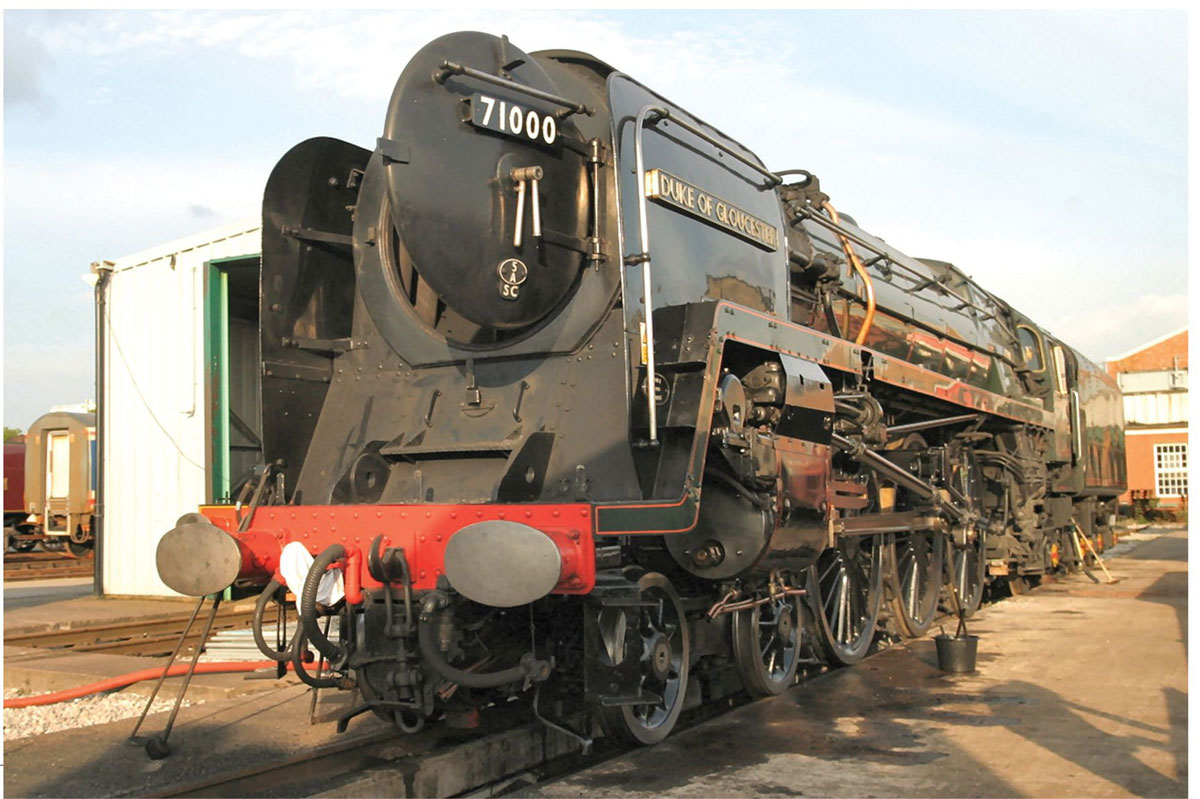
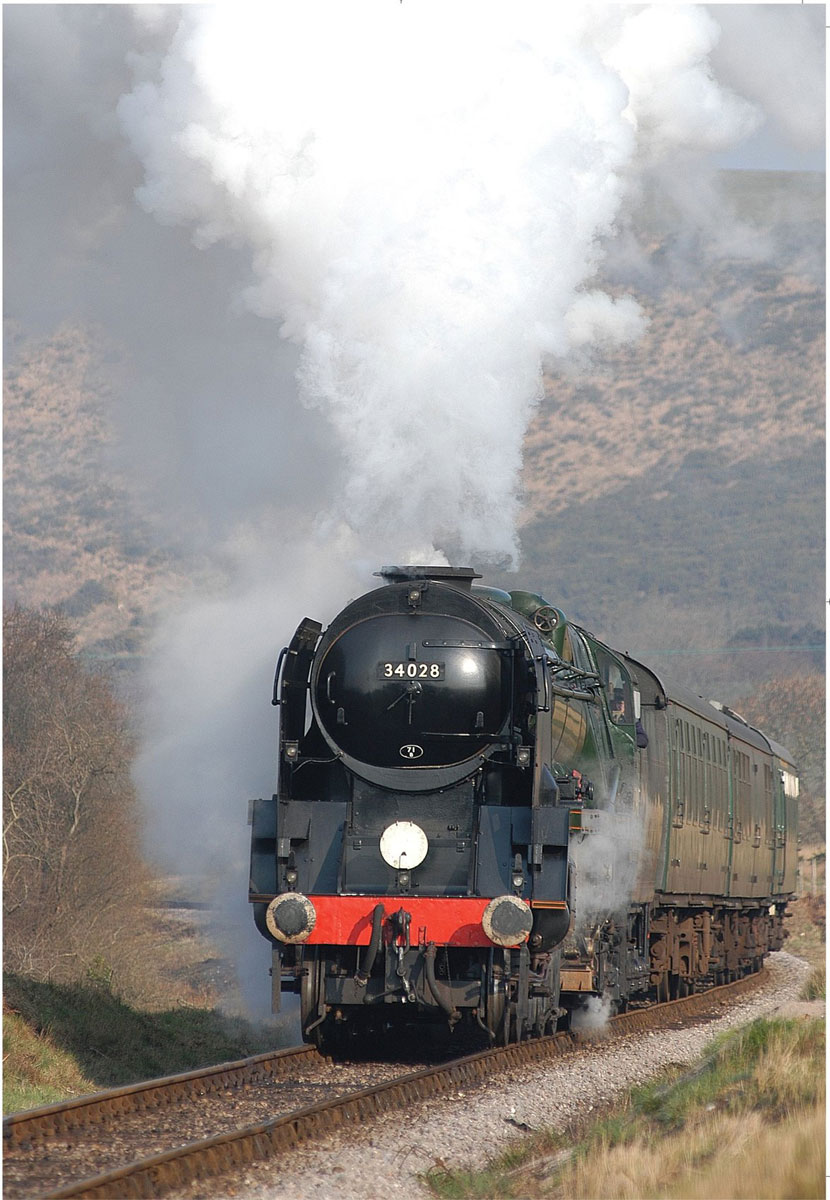
Brighton built Bulleid light Pacific No 34028 EDDYSTONE is one of 20 of the type which have been preserved. The loco is pictured during March 2004 at Corfe Common on the Swanage Railway. Paul Pettitt
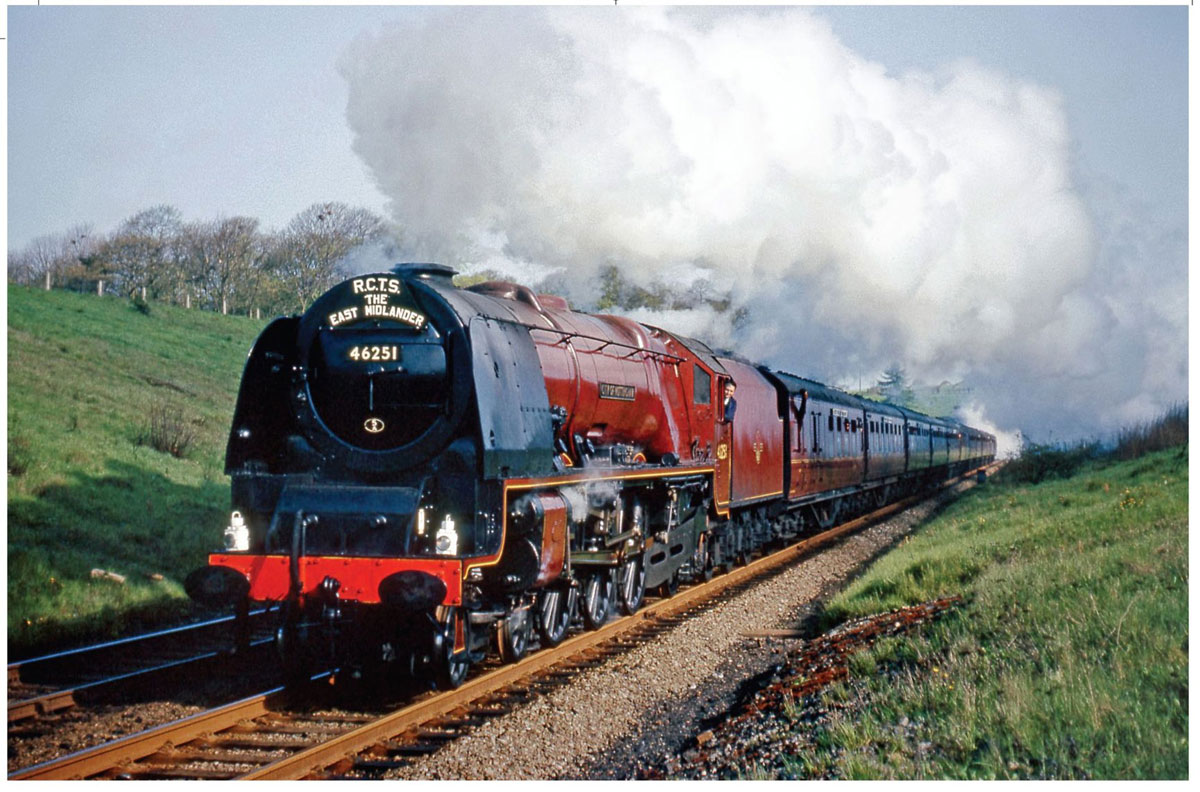
Stanier Princess Coronation/Duchess class Pacific loco No 46251 CITY OF NOTTINGHAM makes a magnificent sight at Charwelton in the early morning sunshine, whilst heading The East Midlander an R.C.T.S. railtour from Nottingham Victoria to Eastleigh and Swindon on 9 May 1964. This Crewe-built Pacific was withdrawn by British Railways (BR) in October 1964 and cut up two months later. Dave Cobbe/Rail Photoprints Collection
Preserved Un-Rebuilt Bulleid Battle of Britain light pacific No 34081 92 SQUADRON is based at the Nene Valley Railway but often visits other heritage railway centres. The loco is seen in the yard at Sheffield Park on the Bluebell Railway during a 2007 visit. Paul Pettitt
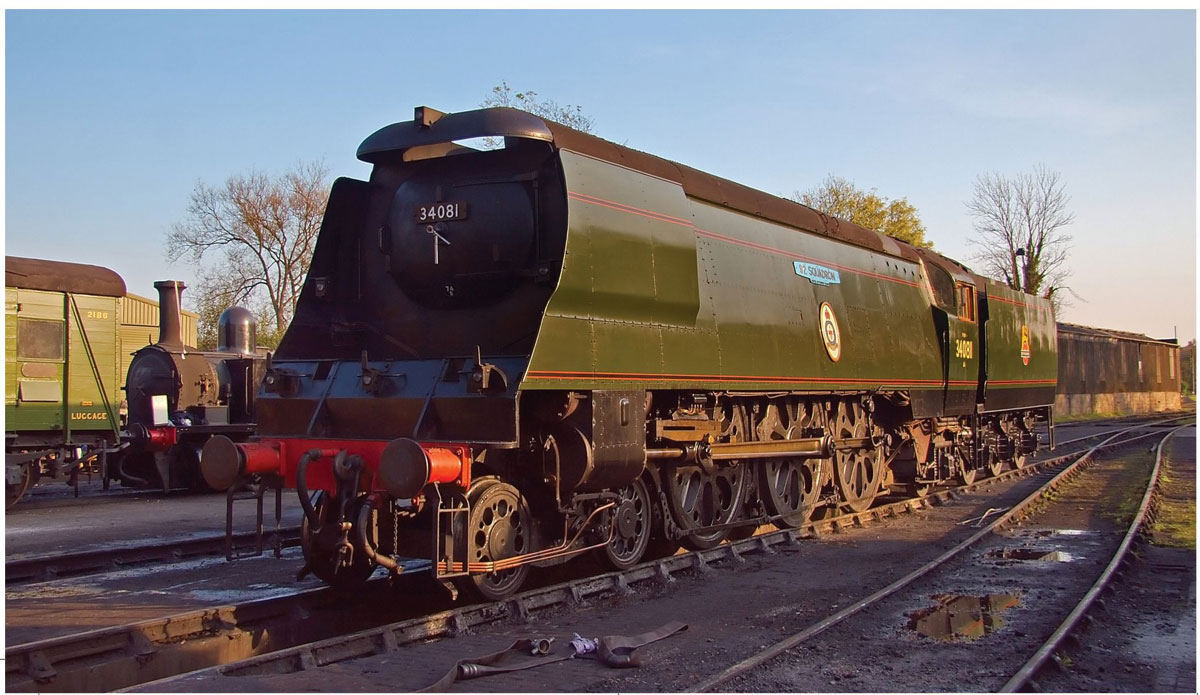
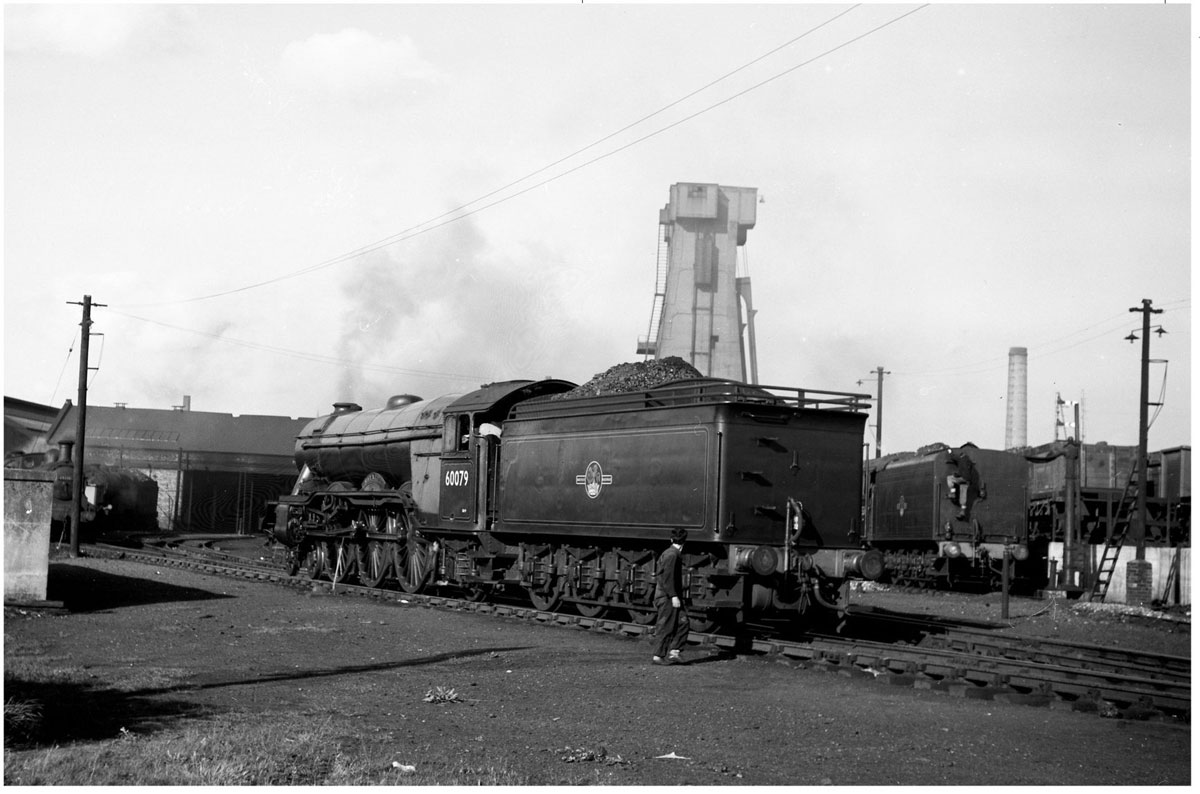
Font size:
Interval:
Bookmark:
Similar books «British Steam Pacific Power»
Look at similar books to British Steam Pacific Power. We have selected literature similar in name and meaning in the hope of providing readers with more options to find new, interesting, not yet read works.
Discussion, reviews of the book British Steam Pacific Power and just readers' own opinions. Leave your comments, write what you think about the work, its meaning or the main characters. Specify what exactly you liked and what you didn't like, and why you think so.

